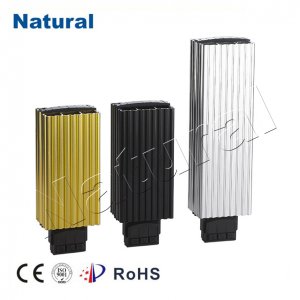Element heaters are widely used in various applications, from household appliances like toasters and water heaters to industrial equipment that requires efficient heating solutions. They operate on the principle of converting electrical energy into heat through a resistive heating element. While element heaters come in many forms, one significant feature that sets them apart is the material used in the heating element itself. Among the various materials available, Nitel (a brand of resistance heating alloy) stands out as a key player in providing high durability, performance, and longevity for these systems. In this article, we will explore the benefits of element heaters and dive deep into the advantages of using Nitel as a heating element.

What is an Element Heater?

At its core, an element heater is a device that uses an electric current passing through a resistance element to produce heat. The resistance element, usually made of metal, heats up when an electric current flows through it, warming the surrounding environment or a fluid (such as water or air). These heaters are found in various forms, including electric stoves, water heaters, and industrial machinery. Their versatility and efficiency make them a staple in modern-day heating solutions. The Role of Nitel in Element Heaters While many types of materials can be used for heating elements, Nitel has become a trusted and preferred choice for manufacturing durable, efficient, and long-lasting heating elements. Nitel is an alloy composed primarily of nickel and chromium, known for its excellent resistance to oxidation and corrosion. This makes it an ideal candidate for use in heating elements, where prolonged exposure to heat and potentially harsh environments is common.

Leave a Reply